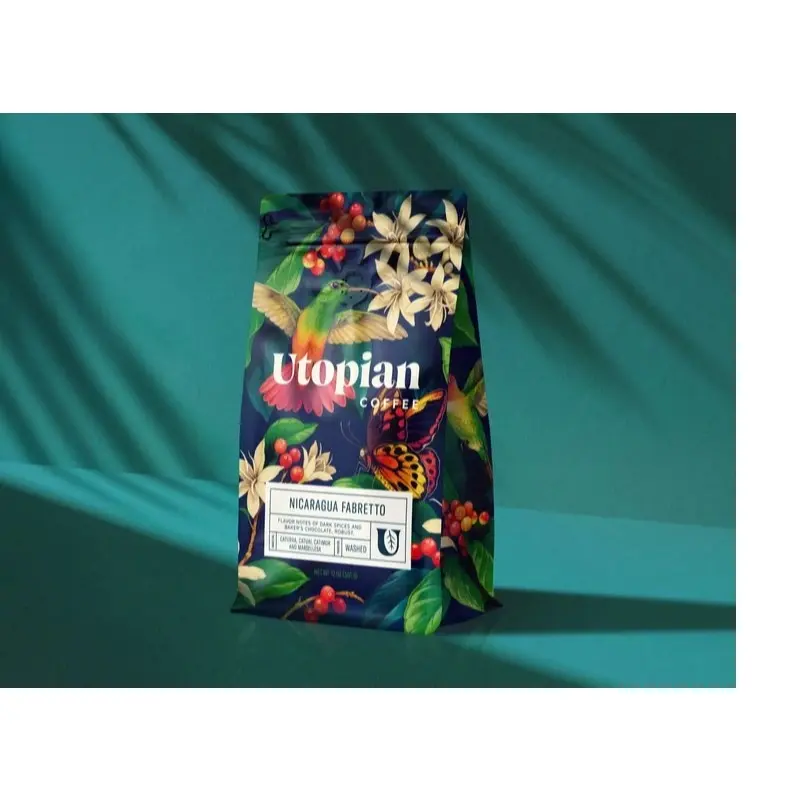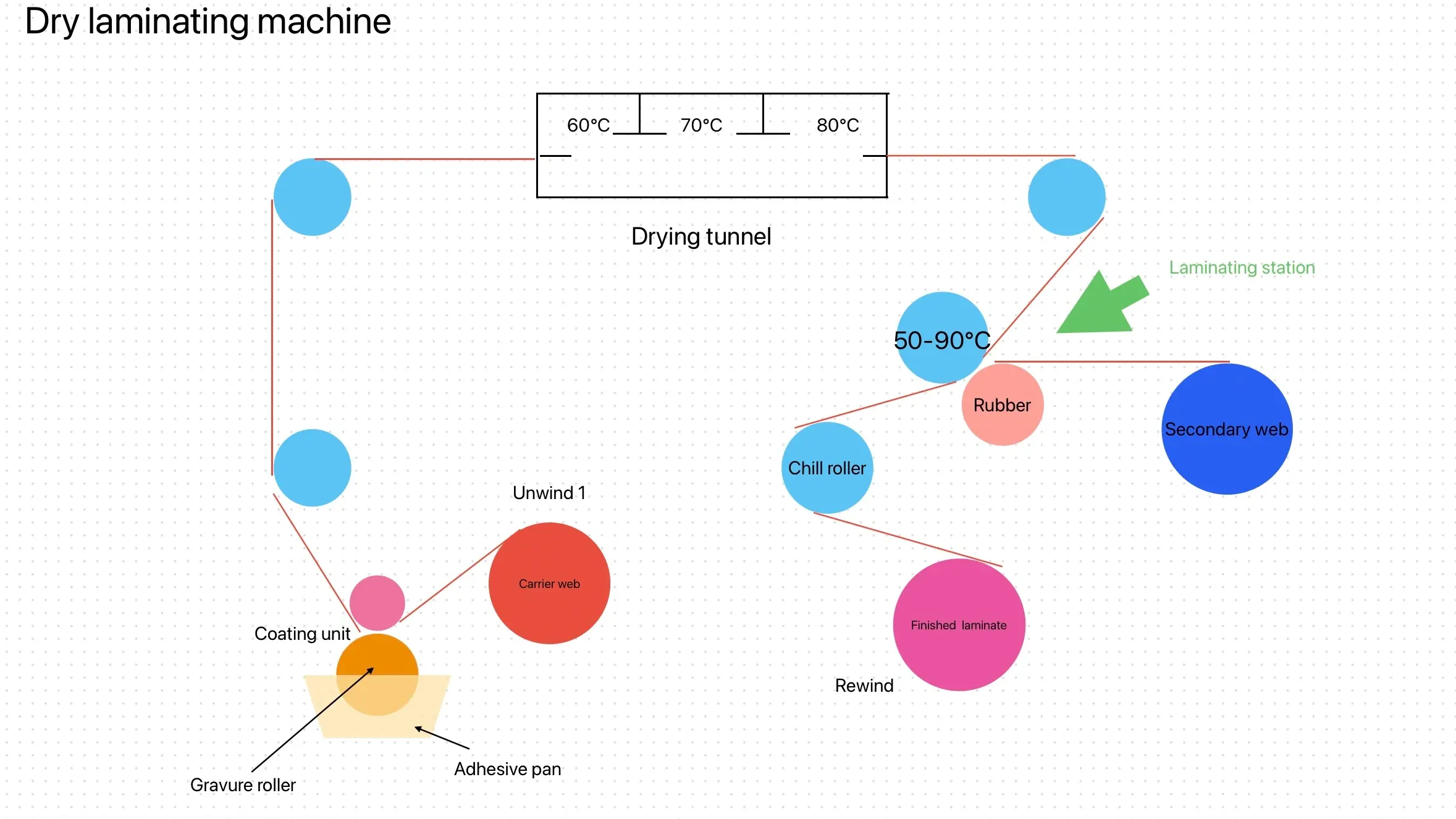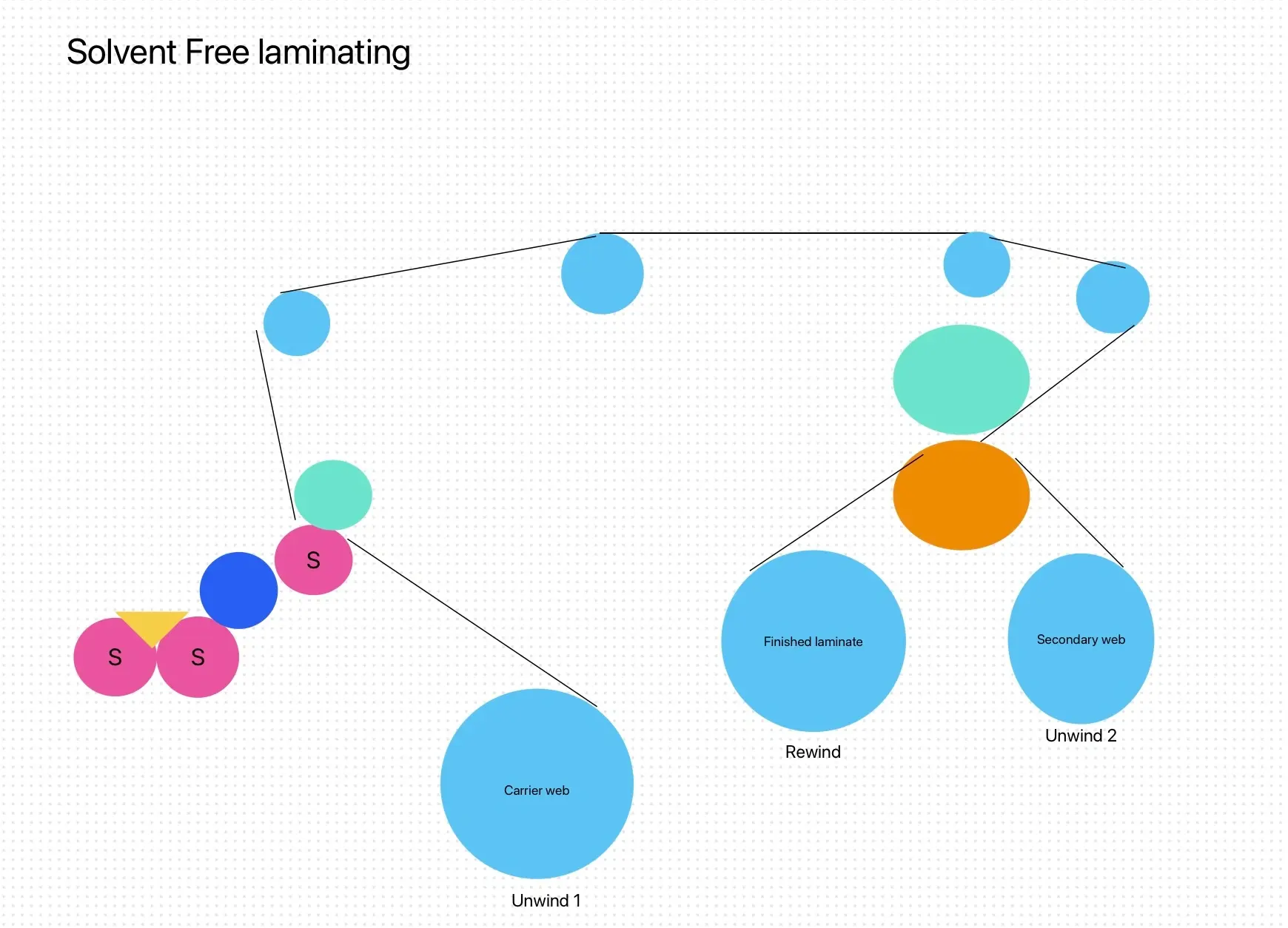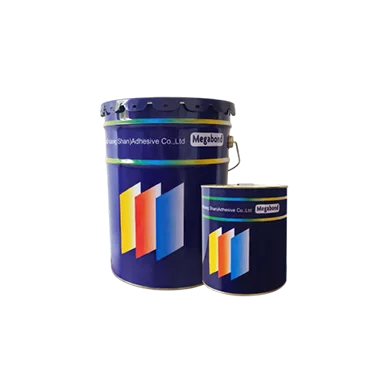In der Fertigungsindustrie ist die Compoundierung ein kritischer Prozess, bei dem Rohstoffe wie Harze, Additive, Pigmente und Stabilisatoren zu einem Endprodukt kombiniert werden. Unter den verschiedenen Compoundiermethoden sind die lösemittelfreie Compoundierung und die herkömmliche Trockencompoundierung die beiden am weitesten verbreiteten. Beide Methoden zielen auf die Herstellung hochwertiger Compounds ab. lösemittelfreie Compoundierung bietet mehrere klare Vorteile gegenüber herkömmlichen Trockenmischungsverfahren.
Was ist lösemittelfreies Compoundieren?
Lösungsmittelfreies Compoundieren, auch Trockenmischen genannt, ist ein Verfahren, bei dem Rohstoffe ohne den Einsatz von Lösungsmitteln gemischt werden. Dieses umweltfreundliche Verfahren findet zunehmend Anwendung in Branchen wie der Kunststoffherstellung, der Gummiproduktion und der Pharmaindustrie und bietet im Vergleich zu herkömmlichen Verfahren viele Vorteile.
Beim herkömmlichen Trockenmischen hingegen werden typischerweise pulverförmige Zutaten ohne flüssige Lösungsmittel gemischt, obwohl kleine Mengen an Additiven in flüssiger Form verwendet werden können.
Hauptvorteile der lösungsmittelfreien Compoundierung
1. Reduzierung der Umweltbelastung
Die Umweltvorteile der lösemittelfreien Compoundierung sind erheblich. Herkömmliche Compoundierprozesse erfordern häufig flüchtige organische Verbindungen (VOCs), die zur Luftverschmutzung und Umweltbelastung beitragen. Durch den Verzicht auf Lösungsmittel reduziert die lösemittelfreie Compoundierung die Freisetzung schädlicher Chemikalien und stellt somit eine nachhaltigere Fertigungslösung dar.
2. Verbesserte Produktqualität
Lösemittelfreie Compoundierung stellt sicher, dass keine Lösungsmittelrückstände im Endprodukt verbleiben. Dies verbessert nicht nur die Produktreinheit, sondern auch die Konsistenz, insbesondere in Branchen, in denen hochwertige Materialien entscheidend sind, wie z. B. in der Pharmaindustrie oder Hochleistungspolymere.
3. Kosteneinsparungen
Ein weiterer wichtiger Vorteil der lösemittelfreien Compoundierung ist die kostengünstige Herstellung. Ohne den Einsatz von Lösemitteln können Hersteller die Kosten für Einkauf, Lagerung und Entsorgung von Chemikalien senken. Darüber hinaus ist der Prozess effizienter, was zu niedrigeren Produktionskosten und schnelleren Durchlaufzeiten führt.
4. Verbesserungen im Bereich Gesundheit und Sicherheit
Die lösemittelfreie Compoundierung erhöht die Arbeitssicherheit deutlich, da sie den Kontakt mit gefährlichen Chemikalien verhindert. Der Verzicht auf Lösemittel reduziert zudem das Brandrisiko und macht die Produktionsumgebung für alle Mitarbeiter sicherer.
5. Höhere Verarbeitungseffizienz
Da bei der lösemittelfreien Compoundierung weder Verdampfung noch Trocknung erforderlich sind, verkürzen sich die Produktionszeiten. Diese gesteigerte Effizienz führt zu einem höheren Durchsatz und erleichtert die Anpassung an veränderte Fertigungsanforderungen oder Produktionsmengen.
6. Reduzierte Abfallerzeugung
Durch den Verzicht auf Lösungsmittel wird die Abfallmenge minimiert. Lösungsmittelfreie Compoundierung führt zu weniger Nebenprodukten, was die Umweltbelastung reduziert und die Abfallentsorgungskosten senkt.
7. Energieeinsparungen
Der Energieverbrauch ist ein weiterer Bereich, in dem lösemittelfreie Compoundierung hervorsticht. Ohne die Notwendigkeit energieintensive Lösungsmittelverdampfung Durch die Verwendung von Prozessen sparen Hersteller Energiekosten und tragen so zu einem umweltfreundlicheren Produktionsbetrieb bei.
Anwendungen der lösemittelfreien Compoundierung
Lösungsmittelfreies Compoundieren wird häufig in Branchen wie der Kunststoff- und Gummiherstellung, der Lebensmittelverarbeitung und der Kosmetik eingesetzt. Die Fähigkeit, hochwertige und umweltfreundliche Produkte herzustellen, macht es zu einer attraktiven Option für Unternehmen, die nachhaltige Fertigungsverfahren anstreben.

Warum lösungsmittelfreies Compoundieren die Zukunft der Fertigung ist
Zusammenfassend lässt sich sagen, dass die Vorteile der lösemittelfreien Compoundierung gegenüber der herkömmlichen Trockencompoundierung klar auf der Hand liegen: geringere Umweltbelastung, Kosteneffizienz, verbesserte Produktqualität sowie Verbesserungen im Gesundheits- und Sicherheitsbereich. Da die Industrie zunehmend auf nachhaltigere und effizientere Herstellungsprozesse setzt, entwickelt sich die lösemittelfreie Compoundierung zur bevorzugten Methode für die Herstellung hochwertiger Produkte mit minimaler Umweltbelastung.
Möchten Sie mehr darüber erfahren, wie lösemittelfreie Compoundierung kann Ihren Produktionsprozess revolutionieren? Kontaktieren Sie uns noch heute, um nachhaltige Lösungen für Ihre Fertigungsanforderungen zu finden.




